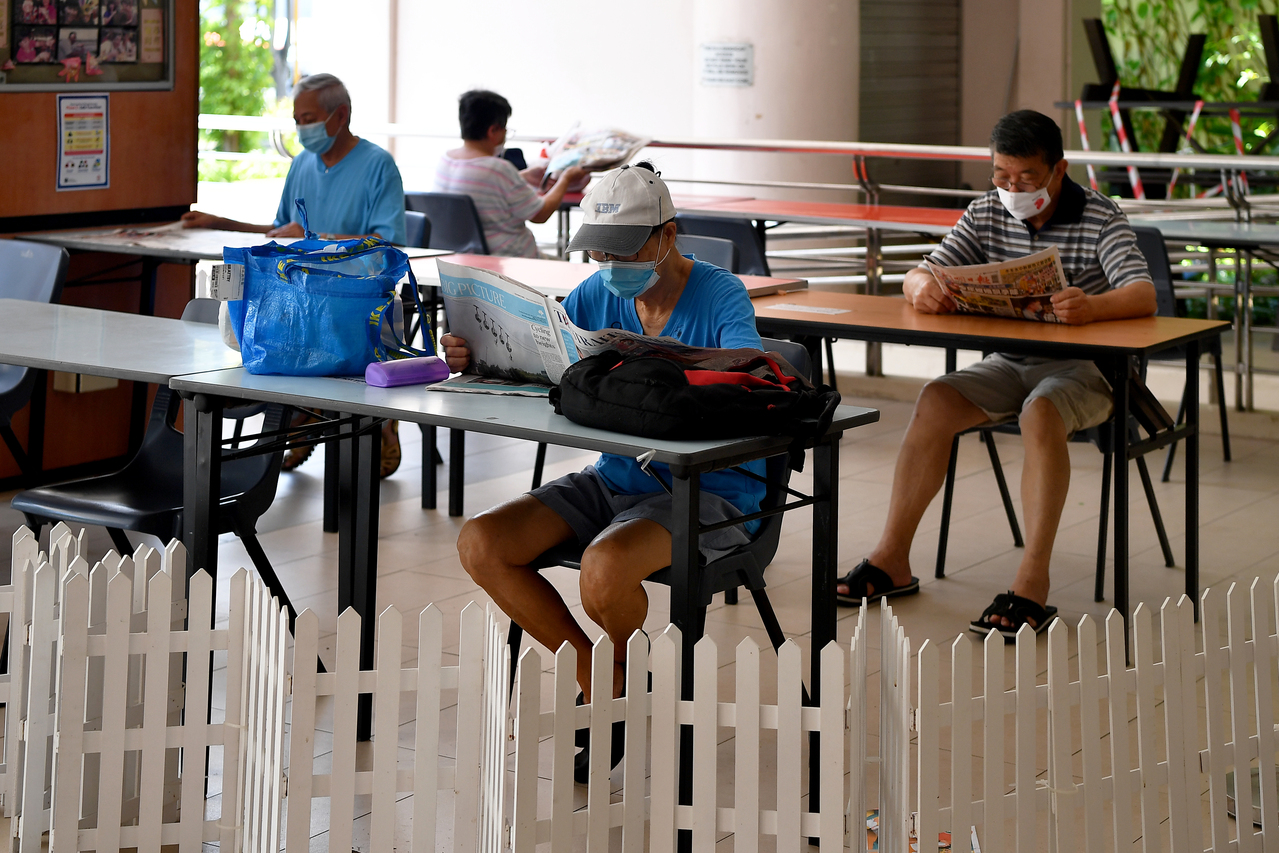MediShield Life FAQs: Better coverage, higher premiums, but what if I can't afford it?
Sign up now: Get ST's newsletters delivered to your inbox

Subsidies are higher for Singaporeans from the Merdeka Generation, and those from the Pioneer Generation also qualify for additional subsidies.
PHOTO: ST FILE
Follow topic:
SINGAPORE - Premiums and benefits under Singapore's MediShield Life insurance scheme are set to rise if recommendations by the MediShield Life Council are accepted.
The new changes are undergoing public consultation until Oct 20. They will likely be implemented in early 2021.
Here are some answers to frequently asked questions about the scheme.
Q: What is MediShield Life and who does it cover?
A: MediShield Life is a compulsory universal health insurance scheme administered by the Central Provident Fund (CPF) Board that helps cover large hospital bills, including surgery and ward charges, and some costly outpatient treatments, such as dialysis for kidney failure and chemotherapy for cancer.
It came into effect in 2015, replacing the older MediShield scheme.
The scheme offers all Singaporeans and permanent residents automatic lifetime coverage from birth, regardless of age or pre-existing health conditions.
If the MediShield Life Council's recommendations are accepted, the annual policy claim limit will be raised from the current $100,000 to $150,000.
Before patients can get MediShield Life payouts, they must first pay a deductible of between $1,500 and $3,000 once each policy year, depending on their age and the class of hospital ward they chose.
This sieves out smaller hospital bills because MediShield Life is meant to cover large bills.
Patients will also have to pay co-insurance on top of the deductible, which is calculated as a percentage of the bill. The co-insurance rate is between 3 and 10 per cent, depending on the size of the bill.
Q: How is it different from Medisave, Medifund and other government insurance schemes?
A: MediShield Life is a medical insurance scheme, while Medisave and Medifund are medical financing schemes.
Medisave is a medical savings scheme that helps individuals set aside part of their income in their CPF accounts to pay for their personal medical expenses or that of their approved dependants.
It can be used to pay the premiums for MediShield Life and other government insurance schemes like ElderShield and CareShield Life - which cover only those above a certain age - as well as Integrated Shield Plans (IPs), which include MediShield Life.
Medifund is an endowment fund that provides a safety net for Singaporeans who face financial difficulties in paying their medical bills even after receiving government subsidies and tapping other means of payment, including MediShield Life and Medisave.
MediShield Life does not subsidise visits to a general practitioner, polyclinic or most other specialised outpatient clinics. These are covered by the Community Health Assist Scheme (Chas), a different scheme for which all Singaporeans can apply.
Q: What if I do not have enough in my Medisave account to pay the MediShield Life premiums? Are there any grant schemes I can apply for? Can my family members top up my Medisave account?
A: Money can be deducted from the Medisave accounts of your immediate family members, including your spouse or children, to pay premiums on your behalf. You can also top up your Medisave account with cash.
There are premium subsidies available for individuals from lower- to middle-income households. This refers to households with a monthly income of $2,800 or less.
These subsidies apply automatically and are higher for those who are older. PRs also receive these subsidies, but at half the amount a Singaporean would get.
Subsidies are higher for Singaporeans from the Merdeka Generation, and those from the Pioneer Generation also qualify for additional subsidies.
Both Merdeka and Pioneer Generation seniors also receive annual Medisave top-ups of $200 to $800, depending on age, which can be used to pay for the premiums.
Patients who have limited family support and still need help paying their premiums even after subsidies can apply for Additional Premium Support.
The Health Ministry has said that even with the increase in premiums, a typical household's total premium after subsidies is expected to be within their annual Medisave contributions and inflows. This will continue to be the case even after the one-off Covid-19 subsidy is phased out in 2023.
No one will lose MediShield Life coverage due to financial difficulties, Health Minister Gan Kim Yong said.
Q: When do the higher premiums kick in?
A: If the Council's recommendations are accepted, the changes are expected to be implemented in early 2021.
The council has recommended that annual premiums be increased by 11.5 to 35.4 per cent, or between $15 and $525 a year, depending on the patient's age.
However, a one-off Covid-19 subsidy for Singaporeans will help cushion this increase for the first two years after the change. This will cover 70 per cent of the increase in 2021 after other subsidies are taken into account, and 30 per cent of the increase in 2022.
This means Singaporeans can expect to pay about 10 per cent more in premiums next year, compared with this year.

